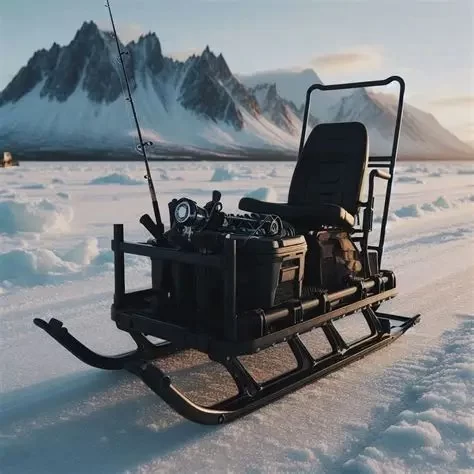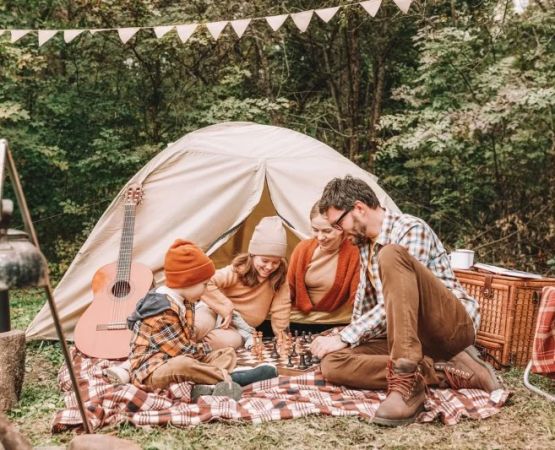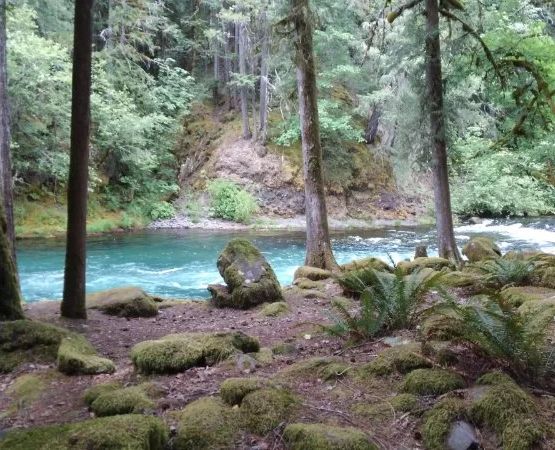- 1 - Why a Sled is Essential for Ice Fishing Trips
- 2 - Safety Equipment Every Angler Should Carry
- 3 - Fishing Tools and Gear to Pack in Your Sled
- 4 - Shelter and Comfort Items for Cold Conditions
- 5 - Tips for Storage and Organization in Your Sled
- 6 - Real Stories of Ice Fishing Success and Challenges
- 7 - Where to Get Reliable Ice Fishing Gear
1 - Why a Sled is Essential for Ice Fishing Trips
Ice fishing is unique in that it requires carrying equipment across frozen lakes, often through snow and harsh winds. A sled becomes not just a convenience but a necessity, allowing anglers to transport everything from augers and rods to heaters and shelters. Without a sled, the burden of hauling gear by hand can quickly sap energy before the first hole is even drilled. For many seasoned anglers, the sled is the backbone of every winter trip, keeping essentials together and easily accessible.
2 - Safety Equipment Every Angler Should Carry
Safety must always come first on frozen waters. Ice picks, flotation devices, and a throw rope are essential items every sled should carry. A headlamp with extra batteries ensures visibility during early mornings or unexpected late returns. Many anglers also pack a first aid kit in case of minor injuries. In freezing conditions, even small mishaps can escalate, making preparation non-negotiable. Stories abound of ice picks saving lives when thin ice gave way beneath unsuspecting fishermen.
3 - Fishing Tools and Gear to Pack in Your Sled
No ice fishing trip is complete without the right tools. An auger, whether manual or powered, is the first piece of equipment loaded into the sled. Rods, reels, and tackle boxes filled with jigs and bait follow. Electronics like fish finders or underwater cameras enhance the experience, allowing anglers to locate fish beneath the ice. By keeping everything organized in the sled, anglers spend less time fumbling with gear and more time focused on the catch.
4 - Shelter and Comfort Items for Cold Conditions
Enduring hours on a frozen lake requires planning for comfort. Portable shelters provide relief from windchill, while small propane heaters keep hands and feet warm. Extra layers of clothing, blankets, and insulated boots should always be packed. Some anglers even bring folding chairs or pads for long sessions on the ice. With proper shelter and comfort items stored neatly in the sled, anglers can extend their time outdoors without sacrificing well-being.
5 - Tips for Storage and Organization in Your Sled
Organization can make or break an ice fishing outing. Using bins, buckets, or dividers inside the sled keeps gear from shifting during transport. Heavy items like augers should be placed at the bottom, while frequently used tools are best kept near the top for quick access. Waterproof bags protect electronics and spare clothes from snow and ice. Anglers who perfect their storage system often find themselves more efficient and less stressed on the lake. Many recommend dry runs at home, loading and unloading gear to refine their sled setup.
6 - Real Stories of Ice Fishing Success and Challenges
One Minnesota angler recalled a trip where his sled carried not only gear but also served as an emergency seat after his folding chair broke on the ice. Another told of a snowstorm where quick access to safety gear from his sled allowed him to guide fellow fishermen back to shore. These stories illustrate how the sled is more than just a carrier—it can be a lifeline in unpredictable conditions. They also highlight the wisdom of packing both essentials and contingencies.
7 - Where to Get Reliable Ice Fishing Gear
Finding high-quality equipment is key to enjoying safe and successful trips. Outdoor retailers stock a range of sleds and fishing gear, but many anglers prefer curated selections from trusted sources. At Pine Cliff Resort, enthusiasts can find carefully chosen gear designed to withstand the demands of winter fishing. From durable sleds to compact heaters, the right equipment ensures not only efficiency but also peace of mind on the ice.







